Additive is safe, useful in salmonid feeds and associated with important human health benefits
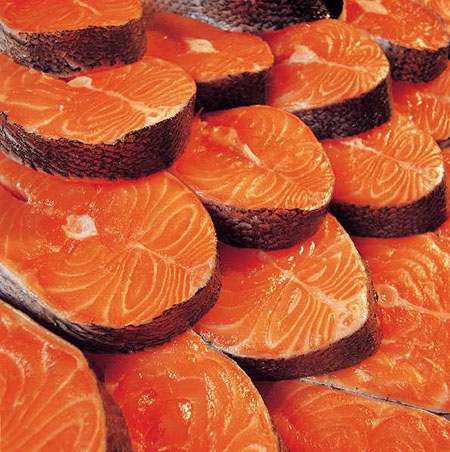
Carotenoids like canthaxanthin are biological pigments widely found in nature that provide color to many species of birds, insects, crustaceans, and fish. They are also potent antioxidant molecules.
Canthaxanthin has useful applications in aquaculture and poultry production, but the negative effects of its excessive consumption by some people adversely affected its use. However, it has been determined safe, produces excellent results when incorporated into salmonid feeds, and is also associated with important benefits to human health.
Excessive consumption
When ingested by humans at high doses over an extended time period, canthaxanthin can accumulate as crystals in certain eye tissues. This was discovered in the late 1980s and early 1990s in people that consumed megadoses of canthaxanthin as a “sunless tanning” product that rapidly saturated fatty tissues under the skin and promoted a natural tan look. In this pursuit, some people ingested over 70 milligrams per day for years to build up and maintain their tans.
At these doses, however, canthaxanthin also deposited in nontarget tissues such as eyes. Interestingly, the canthaxanthin crystals were unlikely to affect vision, and when canthaxanthin intake was suspended, the crystals were slowly reabsorbed. However, the media had a story, and critics of aquaculture implied that salmon producers were peddling dangerous substances.
Canthaxanthin determined safe
Understandably, canthaxanthin was subjected to a complete review. Following the opinions of numerous expert panels and further trials, it was officially determined safe for use as a feed additive by the Scientific Committee on Animal Nutrition and the Scientific Committee on Food set acceptable daily intake (ADI) levels for the substance.
These findings were endorsed by the Food Advisory Committee of the United Kingdom Food Standards Agency, the United States Food and Drug Administration, and the European Union. Even before these new endorsements, canthaxanthin had been thoroughly tested before it was granted registration as a feed additive. Tests for carcinogenicity, gene toxicity, teratogenicity, toxicology, and allergenicity demonstrated canthaxanthin’s overall safety.
Study results

In their studies of crystal formation in human eyes, scientists paid much attention to accurately estimating what they considered the canthaxanthin intake at which no eye crystals formed. This no effect level, or NOEL, was established at 30 milligrams per day.
Another approach analyzed changes in eye response to stimulation with light of certain frequencies (electroretinography). Using this very sensitive method, Arden and Barker (1991) determined a NOEL of 0.25 milligrams per kilogram body weight per day.
From this, a safety factor of 10 was included and the acceptable ADI was set at 0.03 mg canthaxanthin per kilogram body weight per day. This was 10 times less than the level of canthaxanthin at which no effect was seen in the studies of retinal response to light stimulation.
Reaching ADI unlikely
It is very difficult to ingest too much canthaxanthin through food. Canthaxanthin is included in salmon diets at 40 to 80 milligrams per kilogram feed. It concentrates at 6 to 10 milligrams per kilogram in the flesh of 5-kg fish. If a person ate 150-g portions of salmon three times a week – note that health advisors suggest we consume two portions of fatty fish weekly – the intake of canthaxanthin would be 0.6 to 2.0 mg. Using the higher value, this would equate to a canthaxanthin intake of 0.66 milligrams per day.
For a 75-kg adult, the ADI for canthaxanthin is 2.25 milligrams per day or 15.75 milligrams per week. Assuming only well-pigmented salmon is consumed, this would require eating 1.5 kg of raw salmon weekly.
Norway has the highest per-capita fish consumption among salmon-producing nations, with an average intake of under 1 kg fish per person per week. Even if all the salmon consumed were pigmented with canthaxanthin, reaching the ADI is unlikely because pigments degrade through processing and cooking.
Safer than salt
During safety assessments of most compounds, high doses must be tested in target animals to assess toxic levels. The most commonly used test method for safety/toxicity is the LD50 test, a measure of the dose of a compound that causes death to 50 percent of the test group. The higher the LD50, the safer a compound is.
Table 1 presents comparative LD50 values of commonly consumed compounds. It shows that it takes over three times more canthaxanthin to have the same effect as common table salt. Comparing average daily intakes to the established LD50, the margin of safety for canthaxanthin is over 100,000 times higher than table salt.
Baker, Comparative LD50 values of commonly consumed compounds, Table 1
| Compound | Species | LD50 g/kg Body Weight |
|---|
Compound | Species | LD50 g/kg Body Weight |
|---|---|---|
| Caffeine | Rat | 0.192 |
| Alcohol | Rat | 2.08 |
| Table salt (NaCl) | Rat | 3.0 |
| Sodium Bicarbonate | Rat | 4.22 |
| Canthaxanthin | Rat / Mouse | 10 |
Table 1. Comparative LD50 values of commonly consumed compounds.
Human benefits
Many carotenoids have antioxidant capabilities. Beta-carotene, lycopene, lutein, astaxanthin, and canthaxanthin provide significant benefits against free radicals. Canthaxanthin is believed to have cancer-fighting properties similar to lycopene, and has been shown to inhibit the conversion of arachidonic acid to the prostaglandins involved in tumor proliferation. It can also induce apoptosis in human cancer cells.
Benefits to salmonids
In salmonids, carotenoids are strongly involved in the reproductive processes. Prior to spawning, carotenoids are removed from muscles, transported to the ovaries, and then deposited in eggs. Canthaxanthin is mobilized from muscle during the build-up to maturity and spawning. Providing dietary canthaxanthin at first feeding in salmon can lead to improved growth rates.
Conclusion
Aquafeed producers and aquaculturists must be able to choose which pigments they use in particular applications. Canthaxanthin is safe, useful as an additive in salmonid feeds, and associated with important human health benefits. Canthaxanthin and other pigments have advantages that will help keep feed producers and salmonid growers competitive.
Note: Cited references are available from the author.
(Editor’s Note: This article was originally published in the October 2002 print edition of the Global Aquaculture Advocate.)
Now that you've reached the end of the article ...
… please consider supporting GSA’s mission to advance responsible seafood practices through education, advocacy and third-party assurances. The Advocate aims to document the evolution of responsible seafood practices and share the expansive knowledge of our vast network of contributors.
By becoming a Global Seafood Alliance member, you’re ensuring that all of the pre-competitive work we do through member benefits, resources and events can continue. Individual membership costs just $50 a year.
Not a GSA member? Join us.
Author
Tagged With
Related Posts
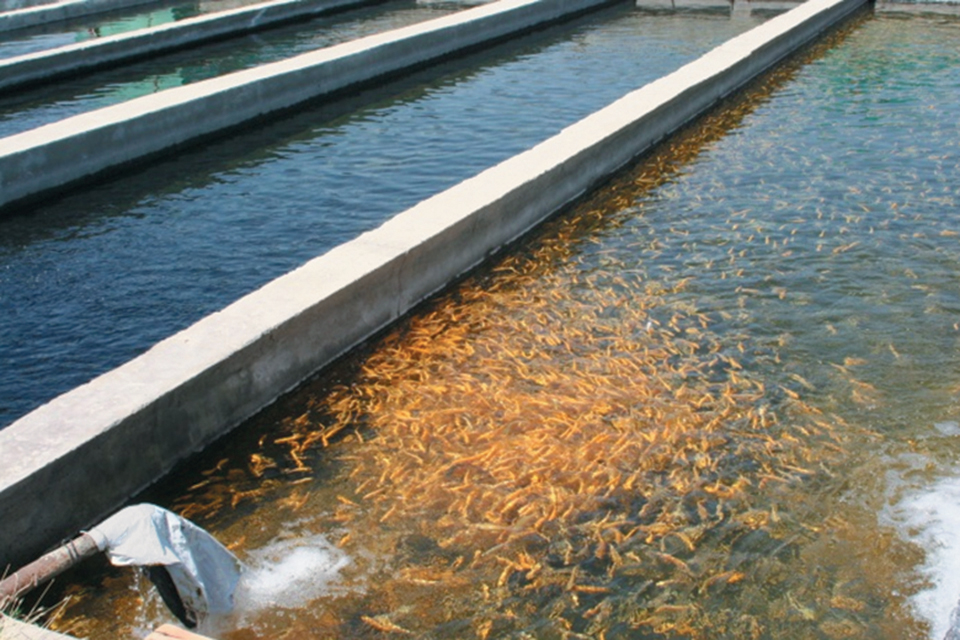
Health & Welfare
Aquaculture in Armenia
Fish farms in Armenia have developed a diversified product base that includes value-added, ready-to-eat foods for export, as well as live and processed fish for domestic markets.
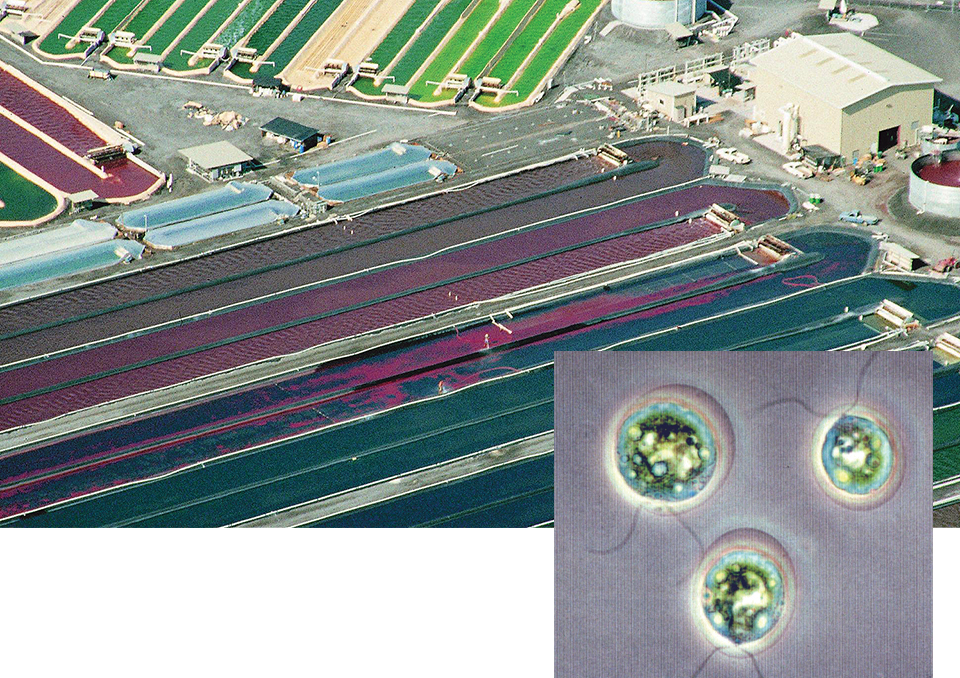
Aquafeeds
Astaxanthin: Feed supplement enhances pigmentation, health
Dietary carotenoids maintain optimal pigmentation and health benefits in cultured aquatic animals. Researchers consider astaxanthin an essential nutrient.
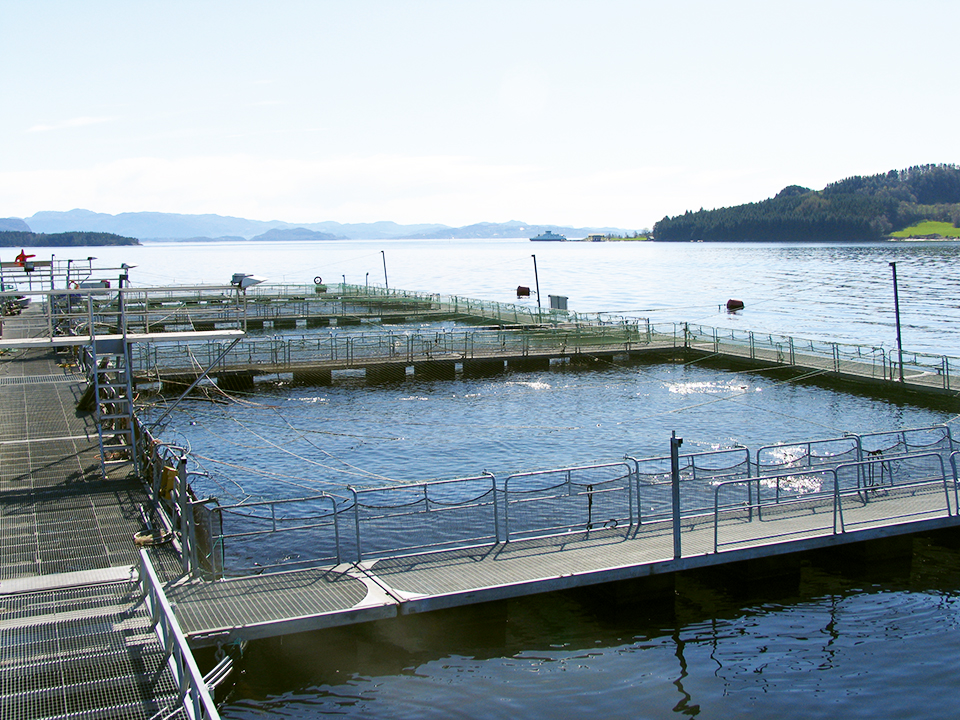
Health & Welfare
Quality parameters in farmed Atlantic salmon
Studies have identified changes in the quality parameters of farmed Atlantic salmon and wild salmon that reflect changes in the animals’ life cycles, diets and environments.
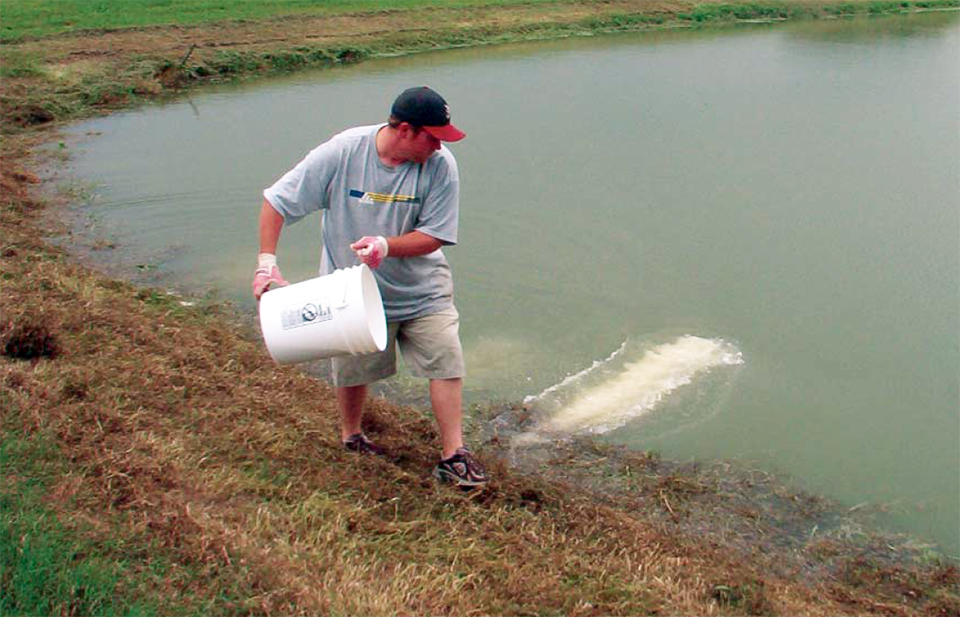
Health & Welfare
Managing natural productivity in channel catfish nursery ponds
Decisions on stocking channel catfish fry should be based on the abundance of large zooplankton in the pond water, rather than total zooplankton abundance.


